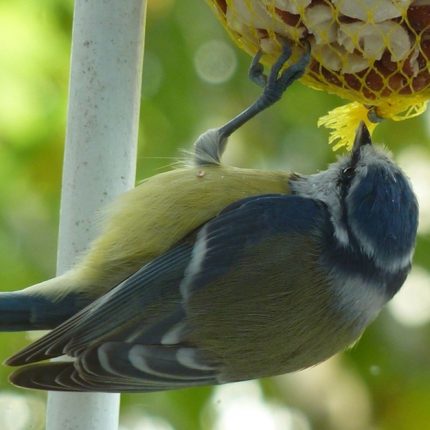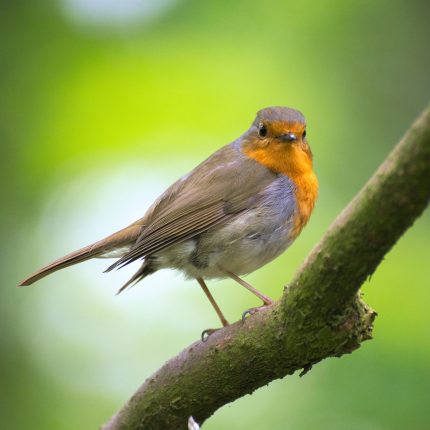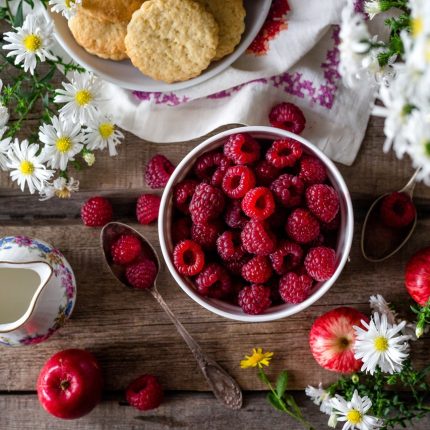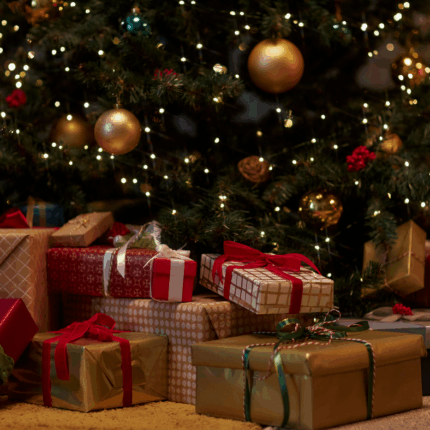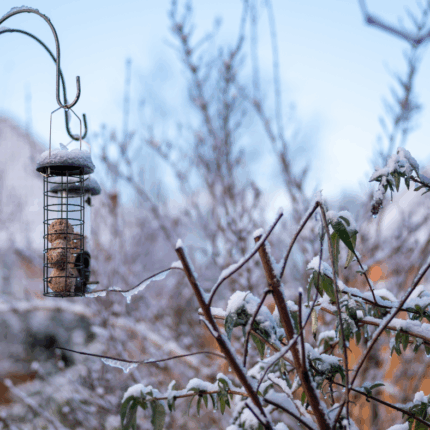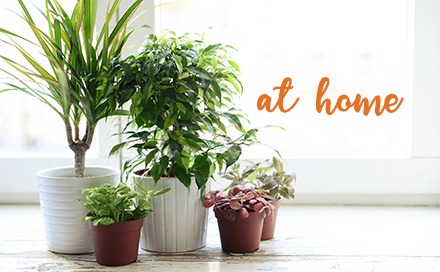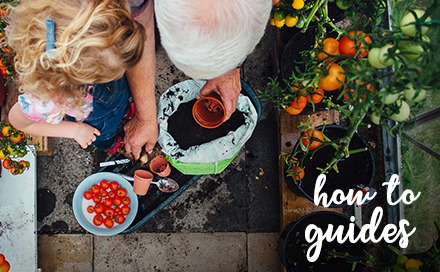Berry Mad!
Now that autumn will soon be arriving, it’s not all doom and gloom. The change of season can bring colourful vibrant life to your garden once again.
Berries and apples have ripened nicely over the growing season which gives continuous interest in gardens for months to come.
Customers surge into CountryLife looking for plants, trees and shrubs that provide colour and a natural source of food for wild birds.
I have always loved this time of year watching birds in the garden fighting for crab apples and berries.
This time of year creates a real hive of activity and also provides nutritious food for birds, which is a longer lasting and more reliable way to help birds than by filling feeders.
Even the smallest of gardens can provide a selection of food for birds all year round. But which plants are best?
Which plants are best?
Gaultheria, Cotoneaster, Berberis, Pyrachantha and Holly are brilliant at producing colourful berries that birds will happily eat throughout the cold season.
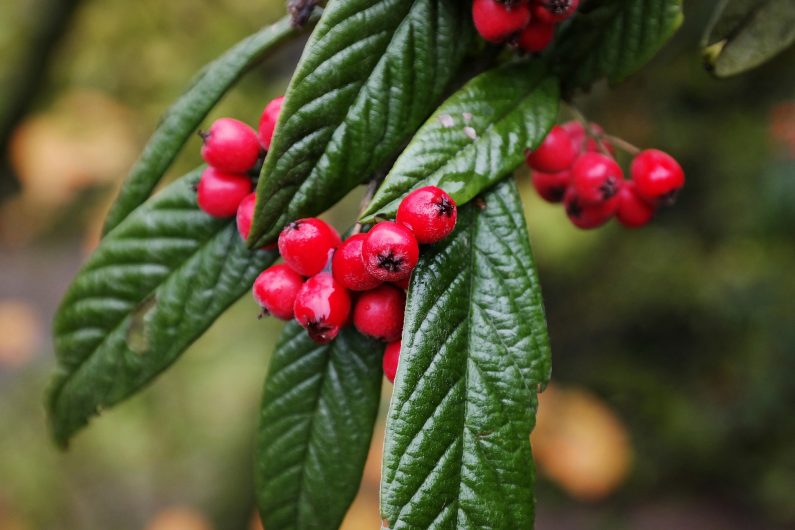
Although Holly berries are usually ripe in autumn, birds tend to leave them until late in the winter.
Remember that only female holly plants provide berries and need a male nearby to ensure pollination.
Cotoneaster, Berberis and Pyrachantha shrubs are packed with red and orange berries this time of year which prove to be very popular as they are usually the first to be eaten.
Shrubs can add colour too
If you are looking for compact shrubs with autumn interest look no further than Gaultheria procumbens, native to Newfoundland.
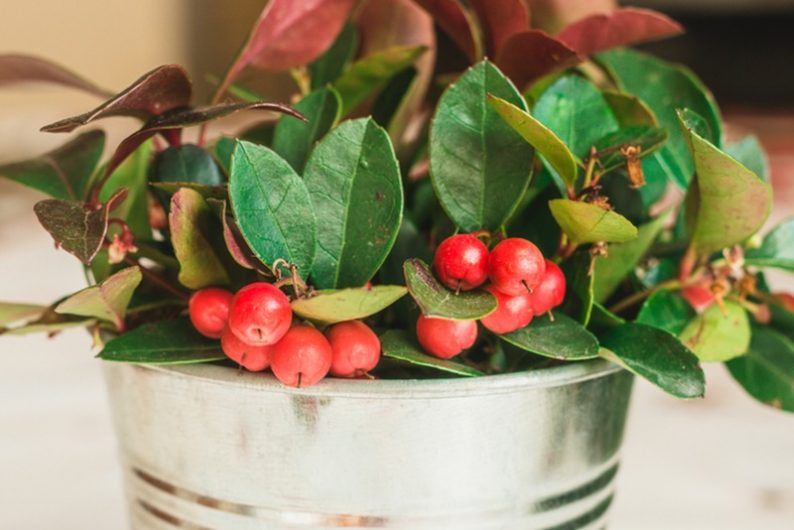
This dwarf evergreen with bell shaped white/pink flowers in summer turning to fruity scarlet berries in autumn is able to withstand cold temperatures and moist conditions.
The round leathery leaves are aromatic when crushed and make a good ground cover that will tolerate shade. You can buy them now which will help them establish in beds and add great colour until February, unless the birds get there first!
Flower and berry baring trees
We stock a lot of trees in the garden center and flowering trees bearing berries are becoming very popular with gardeners due to the seasonal interest all year round. In my own garden the crab apple, ‘Golden Hornet’ has been brilliant as it provides a colourful food source for birds year after year.
Mountain Ash or Rowan are the common names given to Sorbus aucuparia, an impressive deciduous tree that provides a spectacular display of autumn colour and an abundance of colourful berries.
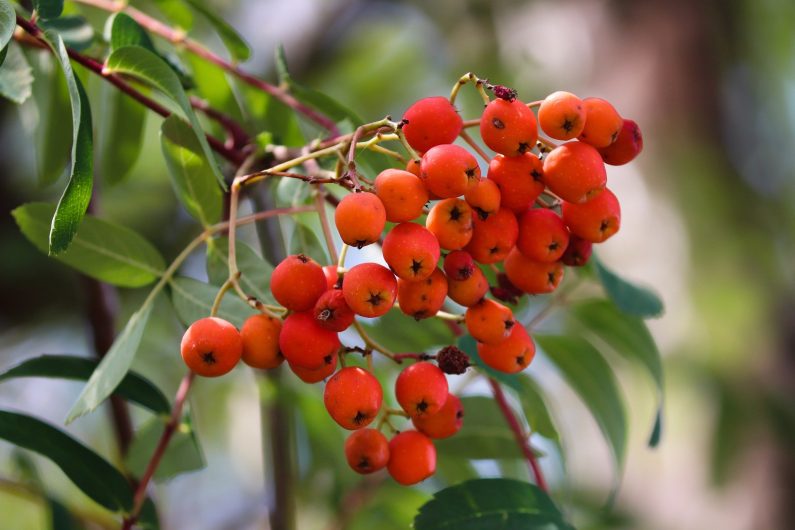
Trees which provide food and protection for birds
Many gardeners stay away from thorns or shrubs with thorns because handling them when pruning proves difficult but I think that Pyracantha and Berberis shrubs are great for birds.
Not only do they provide colourful nutritious berries for them to eat but they also provide a protected home from predators.
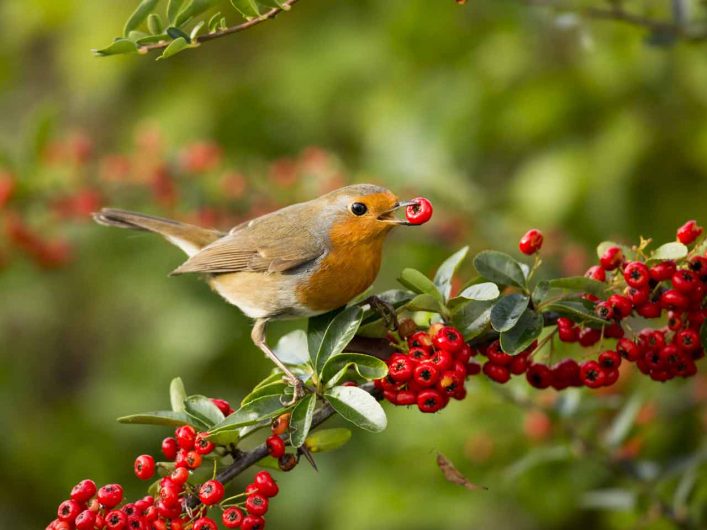
Skimmias
Skimmias https://blog.countrylife.ie/gardening/outdoor-gardening/my-skimmia-obsession/ will be arriving in the garden centres soon and these too add great colour to a garden during the winter months.
They are an ideal evergreen for small gardens, containers and gardeners who sometimes neglect their plants.
They produce attractive flowering buds from November which open into flowers in March/April. Although most skimmias need male and female to produce berries, Skimmia ‘Reevesiana’ is a hermaphrodite and produces berries in late autumn without male fertilisation.
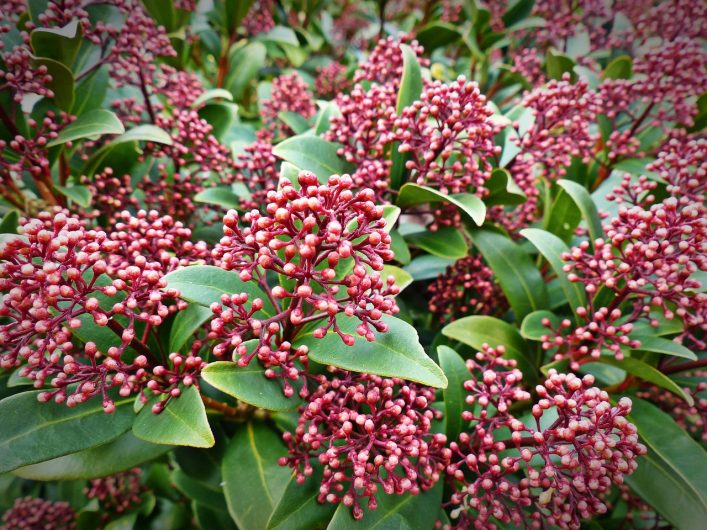
Get in Touch!
If you have any questions about plants that produce berries contact us on social media- @CountryLifeGC (Links in footer). If you have a specific problem such as pest damage it’s really helpful to send us a picture- we’d love to help!

